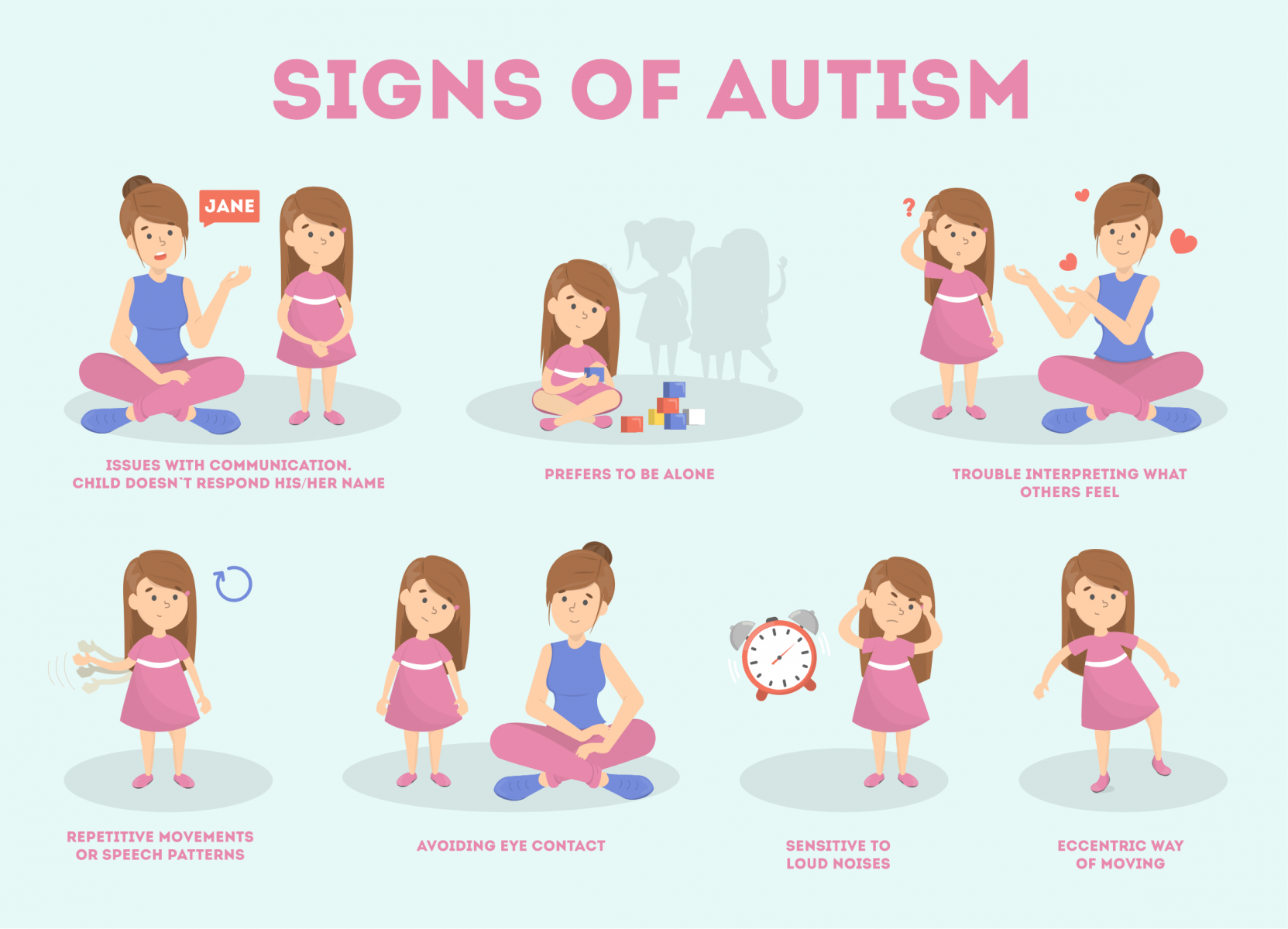Discovering Autism: Techniques for Efficient Communication and Interaction
Efficient communication and communication with individuals on the autism spectrum demand a comprehensive understanding of their one-of-a-kind demands and preferences. Techniques such as employing clear language, using aesthetic supports, and fostering regular regimens can significantly enhance engagement and decrease stress and anxiety. Additionally, identifying the relevance of non-verbal signs and shared interests paves the means for purposeful links. The details of these methods expose additional considerations that warrant exploration, specifically in just how they can be adjusted to diverse contexts and private experiences. What might these adjustments appear like in method?
Understanding Autism Range Disorder
Autism Spectrum Condition (ASD) encompasses a variety of neurodevelopmental problems characterized by obstacles in social interaction, communication, and recurring behaviors. The term "range" reflects the varied manifestations and differing degrees of intensity experienced by individuals with ASD. While some might show significant impairments, others might present high-functioning attributes, enabling greater self-reliance in day-to-day live.
The onset of ASD generally occurs in early youth, with indications typically well-known by age 2. Early indications might include postponed speech advancement, restricted eye get in touch with, and difficulties in comprehending social hints. Although the accurate etiology of ASD stays uncertain, research study suggests a combination of hereditary and ecological factors plays a critical function in its growth.
People with ASD usually have unique strengths, such as heightened attention to detail and outstanding memory abilities. They may have a hard time with understanding abstract concepts and handling modifications to regular - autism. As a result, interventions and support tailored to private requirements are vital for cultivating interaction and social abilities. Acknowledging the intricacy of ASD is vital for advertising awareness, approval, and effective approaches that facilitate significant communications with people on the range.

Significance of Clear Communication
Effective interaction is essential for cultivating understanding and link, especially for individuals with Autism Spectrum Problem (ASD) Clear interaction not only assists in social communications but likewise enhances the person's capability to reveal their emotions, demands, and thoughts. For individuals with ASD, the subtleties of language can usually be testing; as a result, using unambiguous and uncomplicated language is necessary.
In addition, clear communication aids lower irritation and stress and anxiety that may develop from misconceptions. When messages are conveyed in a straight and constant fashion, individuals with ASD are better furnished to translate information accurately, which can substantially improve their social interaction and participation in different settings.
Establishing regimens and making use of aesthetic supports can even more boost clear communication. These techniques offer individuals with predictable structures that assist understanding and retention of information. Furthermore, proactively being and listening individual during communications promotes an encouraging setting where individuals with ASD feel valued and understood.
Ultimately, prioritizing clear communication not just equips individuals with ASD however also fosters even more purposeful links with their peers, caretakers, and the wider community, leading the way for comprehensive communications and collaborative relationships. - autism
Non-Verbal Communication Methods
Interaction expands past words, and for people with Autism Spectrum Condition (ASD), non-verbal signs play a substantial role in interactions. Non-verbal communication techniques can include facial blog expressions, gestures, body language, and eye get in touch with, all of which act as crucial elements for communicating purposes and feelings.
Recognizing and analyzing these non-verbal signals can boost interactions with individuals with ASD. For example, a cozy smile or open posture can create an inviting ambience, urging involvement. Making use of aesthetic help-- such as image cards or icons-- can bridge interaction voids and aid share messages more properly.
It is also essential to be mindful of personal area, as people with ASD may have various convenience degrees regarding proximity. Observing their responses to physical nearness can educate helpful site proper adjustments.

Developing Helpful Environments
Creating an encouraging atmosphere is important for fostering favorable interactions and enhancing the wellness of individuals with Autism Spectrum Condition (ASD) Such atmospheres can considerably minimize anxiousness and create a feeling of safety and security, allowing people to share themselves extra freely.
To accomplish this, it is important to take into consideration sensory sensitivities that people with ASD may experience. read here Customizing the physical space to consist of soft lights, very little background noise, and comfortable seats can create a soothing ambience. Additionally, utilizing regular regimens and clear aesthetic timetables can assist people anticipate shifts and decrease unpredictability, additional promoting convenience.
Social spaces should be structured to reduce overwhelming stimulations while giving possibilities for engagement in recommended activities. Assisting in locations assigned for quiet time can likewise function as a sanctuary during moments of stress. Significantly, incorporating elements of option encourages individuals, enabling them to work out firm in their environment.

Urging Social Communications
Promoting social interactions amongst individuals with Autism Range Condition (ASD) needs intentional techniques that prioritize comfort and involvement. Establishing foreseeable routines can help in reducing anxiousness, making social settings extra friendly. Developing structured environments with defined functions and obligations enables people to involve without the overwhelming pressure of disorganized social dynamics.
Including rate of interests and strengths into social tasks can act as a catalyst for interaction. For instance, arranging team activities around shared leisure activities or subjects of attraction can promote all-natural discussions and connections. In addition, utilizing visual assistances, such as pictorial routines or social manuscripts, can aid in understanding social cues and assumptions.
Designing appropriate social habits is vital - autism. Adults and peers must show reliable interaction strategies, consisting of active listening and turn-taking. Role-playing circumstances can additionally provide a secure room for people to exercise these skills
Lastly, cultivating peer relationships through comprehensive methods is vital. Urging inclusive playdates or team outings can produce chances for socializing in a comfy setting. By implementing these caregivers, approaches and teachers can dramatically improve social interactions for individuals with ASD, promoting their general social development and well-being.
Final Thought
In conclusion, reliable communication and interaction methods are important for supporting individuals with Autism Spectrum Disorder. Eventually, these methods encourage people with autism to navigate social landscapes, promoting their overall wellness and allowing the development of long-term partnerships.
Efficient interaction and communication with individuals on the autism range demand a thorough understanding of their distinct demands and preferences. Clear communication not only facilitates social interactions however additionally improves the individual's capacity to reveal their feelings, thoughts, and requirements.Cultivating social interactions among individuals with Autism Range Condition (ASD) needs deliberate techniques that prioritize convenience and involvement. By carrying out these instructors, techniques and caretakers can dramatically boost social communications for individuals with ASD, advertising their total social growth and well-being.
In verdict, effective communication and interaction techniques are essential for sustaining people with Autism Range Condition.